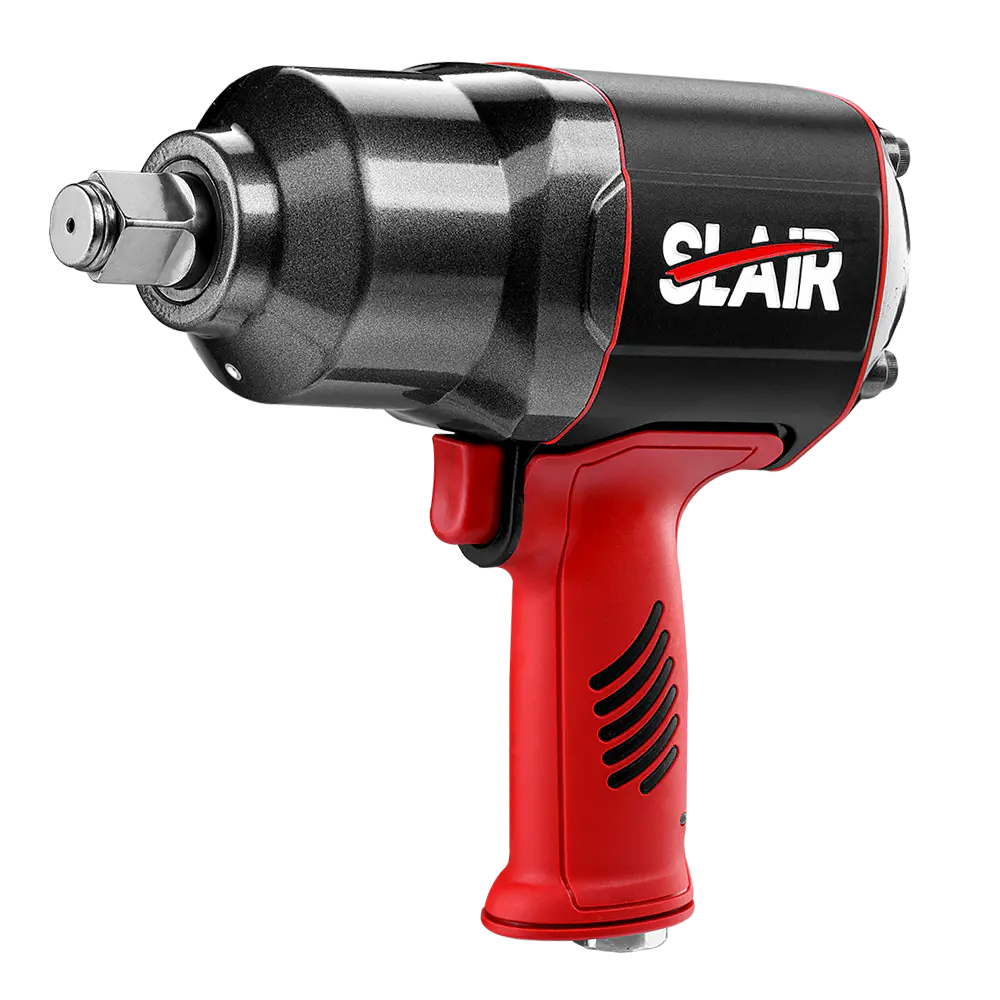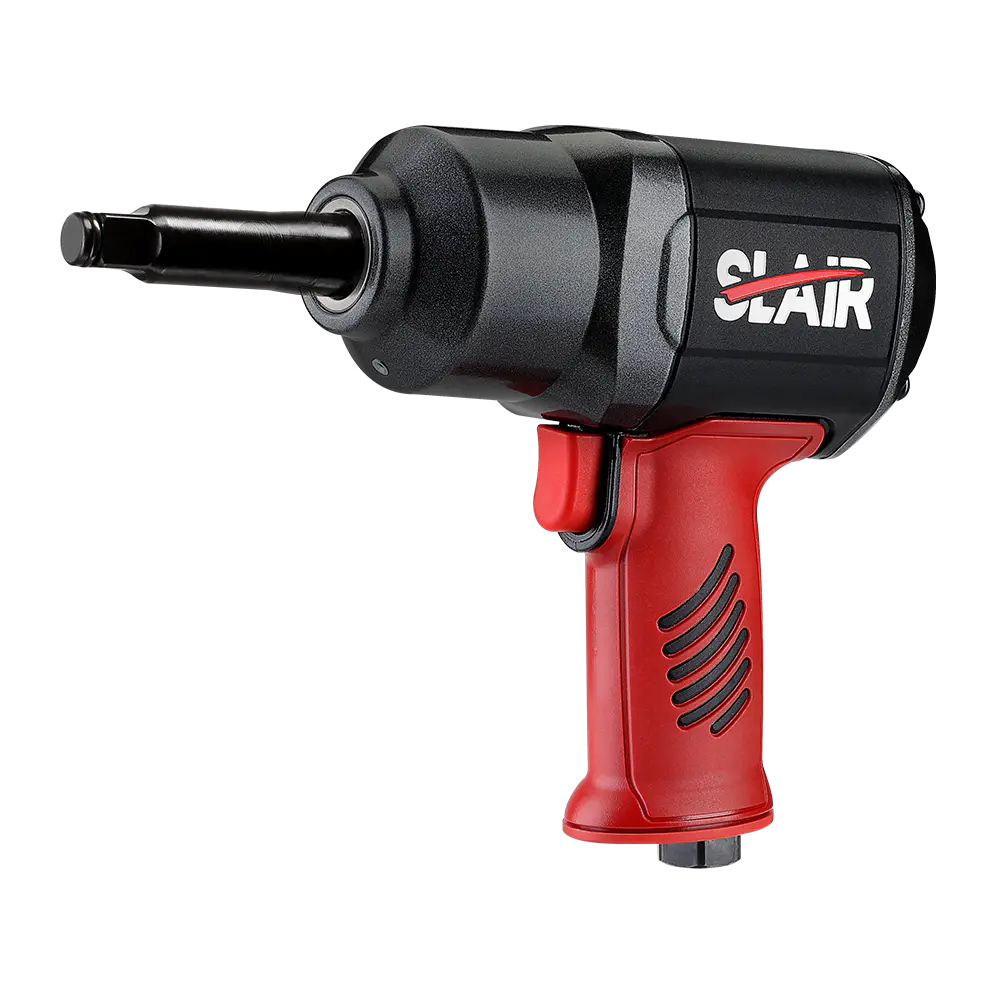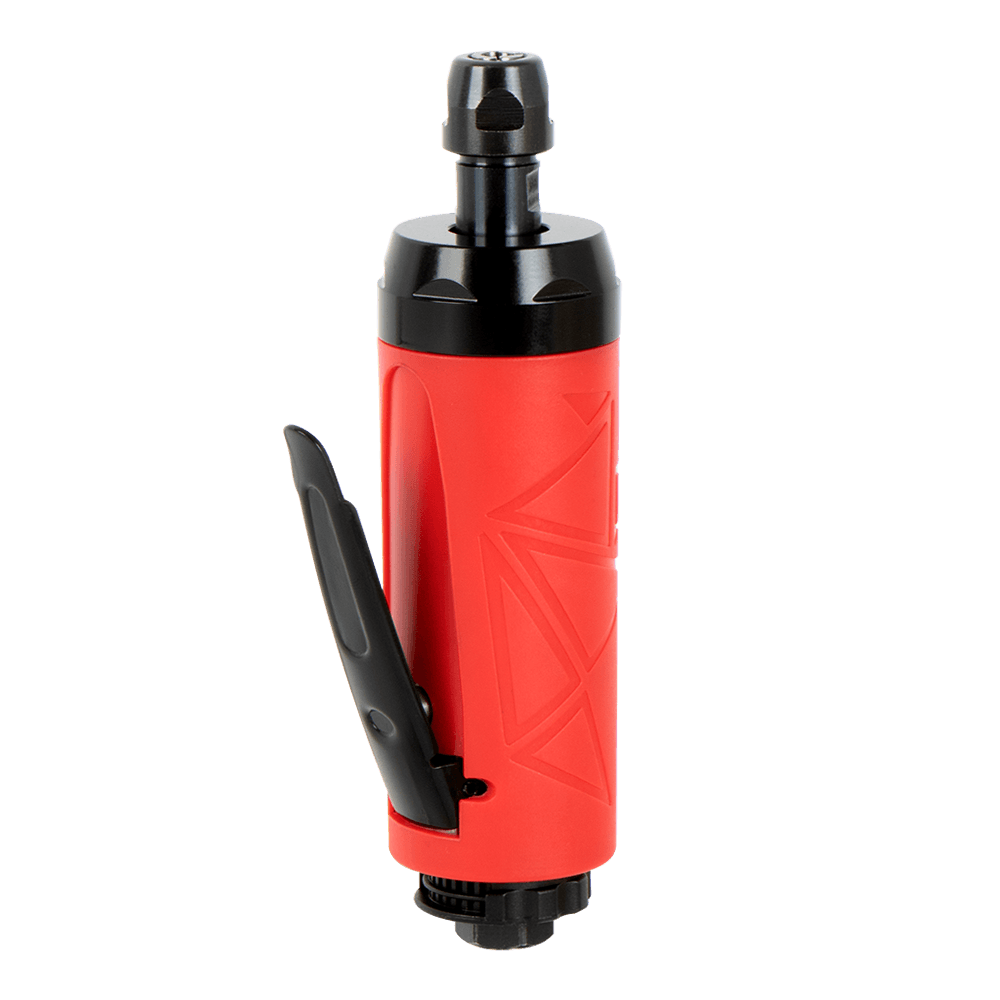Air die grinders rely on compressed air to drive their internal rotating mechanisms, including critical parts like the rotor, vanes, bearings, and shafts. These components experience constant friction and heat during operation, which can accelerate wear without proper lubrication. The most straightforward and effective maintenance practice is to regularly apply pneumatic tool oil specifically formulated for air-powered tools. This oil possesses the right viscosity and additives to reduce friction, prevent rust, and protect against oxidation inside the tool’s motor housing. Operators add a few drops of this oil directly into the air inlet before starting work and again after use. This practice replenishes the lubricant film on all moving internal surfaces, ensuring smooth rotation and minimizing mechanical wear. Neglecting this step often results in increased internal friction, overheating, and early component failure.
In environments where multiple air tools are used frequently or in continuous industrial applications, manually oiling each tool can be impractical or inconsistent. To address this, many facilities install in-line automatic lubricators within their compressed air supply system. These lubricators meter a precise amount of oil into the airstream flowing to connected tools like the air die grinder. This continuous lubrication method ensures that every time the tool operates, it receives a steady supply of oil without relying on operator intervention. Such devices greatly improve tool longevity by preventing dry starts and maintaining a protective oil film inside the tool’s motor and bearing surfaces throughout extended use. In-line lubricators help maintain consistent tool performance and reduce unscheduled downtime due to premature wear.
The quality of compressed air delivered to the air die grinder profoundly affects the effectiveness of lubrication and the tool’s internal condition. Compressed air often contains moisture, oil contaminants, and particulate matter, which can adversely impact internal components. Moisture in particular can wash away lubricant films, promote rust formation on metal surfaces, and cause corrosion that accelerates wear. To mitigate these risks, it is essential to install air treatment equipment such as moisture separators, filters, and air dryers upstream of the tool connection. These devices remove water droplets, dirt, and oil aerosols from the air supply, ensuring that the lubricant remains intact inside the tool and that the internal parts are protected. Clean, dry air supports the lubricating oil in forming a stable barrier, prolonging the service life of bearings, vanes, and other moving parts while maintaining optimal operational efficiency.
Beyond the routine oiling of the air inlet, certain internal components in air die grinders—such as ball bearings, gears, or splines—may require additional lubrication in the form of grease to sustain their function over time. Manufacturers often recommend scheduled maintenance intervals, where the tool is partially disassembled for inspection, cleaning, and re-lubrication. Applying the appropriate type and amount of grease to these components helps reduce metal-to-metal contact, dampens vibration, and resists wear caused by repeated load cycles. Regular greasing also compensates for the gradual migration or depletion of existing lubricant, which can occur during heavy or prolonged use. Following the manufacturer’s maintenance schedule and guidelines ensures that these components remain protected, preventing costly breakdowns and extending the overall life of the air die grinder.
While lubrication is indispensable for tool health, over-lubricating an air die grinder can lead to unintended negative consequences. Excess oil inside the tool may accumulate and attract dust, metal particles, or debris, forming abrasive sludge that can accelerate wear rather than reduce it. Furthermore, excessive oil can be expelled through the exhaust port as an oily mist, creating a messy work environment and potentially affecting nearby equipment or surfaces. It can also impair grip and operator comfort if oil collects on handles or controls. Applying just the right amount of oil or grease maximizes protection while maintaining a clean, safe workspace and optimal tool performance.





 English
English 中文简体
中文简体 русский
русский Deutsch
Deutsch Português
Português Español
Español
















